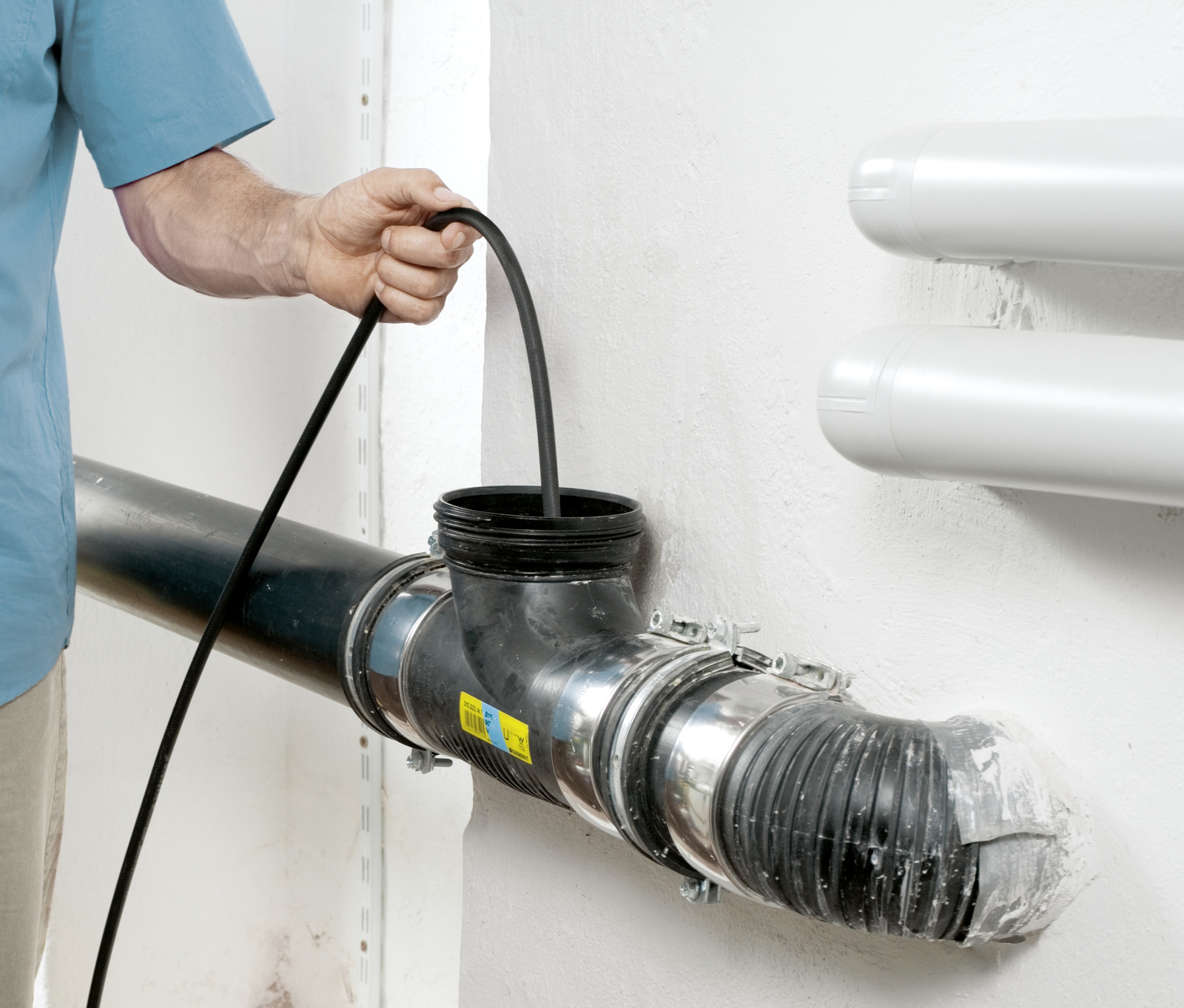DIY Guide to Effective Pipe Cleaning: Tips and Tools You Need
Maintaining clean and functional pipes is crucial for a healthy plumbing system in any home or building. We asked the experts from BelimRohr24: regular DIY pipe cleaning can prevent costly repairs, improve water flow, and extend the lifespan of your plumbing infrastructure. This comprehensive guide will walk you through the essential steps, tools, and techniques for effective pipe maintenance across various pipe types.

Understanding Different Types of Pipes
Before diving into cleaning methods, it's important to understand the different types of pipes commonly found in residential and commercial plumbing systems. Each type has unique characteristics and cleaning requirements.
Understanding the type of pipes in your system will help you choose the most appropriate cleaning methods and avoid potential damage.
Common Pipe Problems and Their Causes
Pipes can encounter various issues over time, affecting their performance and longevity. Here are some common problems and their potential causes:
Clogs
- Accumulation of hair, soap scum, and debris
- Grease buildup from kitchen waste
- Tree root intrusion in outdoor pipes
Leaks
- Corrosion of metal pipes
- Loose fittings or connections
- Cracks due to freezing or physical damage
Corrosion
- Chemical reactions with water minerals
- Age of the pipes
- Exposure to harsh cleaning chemicals
Low Water Pressure
- Mineral deposits narrowing pipe diameter
- Leaks in the system
- Faulty pressure regulators
Foul Odors
- Bacterial growth in stagnant water
- Sewer line backups
- Dry P-traps allowing sewer gases to enter
Preventing these issues requires regular maintenance and prompt attention to early warning signs.
Essential Tools for DIY Pipe Cleaning
Equipping yourself with the right tools is crucial for effective DIY pipe cleaning. Here's a list of essential items every homeowner should have:
Plunger: A versatile tool for dislodging minor clogs in sinks, toilets, and drains.
Drain Snake (Auger): A long, flexible tool for reaching and removing deep clogs.
Pipe Wrench: Used for gripping and turning pipes during repairs or replacements.
Pipe Brush: Helps scrub the inner walls of pipes to remove buildup.
Vinegar and Baking Soda: Natural cleaning agents for dissolving minor clogs and neutralizing odors.
Chemical Drain Cleaner: For tough clogs, but use sparingly to avoid pipe damage.
Bucket: Essential for catching water during pipe disassembly.
Flashlight: Helps inspect pipe interiors and locate clogs.
Gloves: Protect your hands from chemicals and bacteria during cleaning.
Safety Goggles: Shield your eyes from splashes and debris.
Having these tools on hand will prepare you for most common pipe cleaning tasks.
Step-by-Step Guide to Pipe Cleaning
Cleaning PVC Pipes
Locate the clog by observing slow drainage or using a pipe inspection camera.
Use a plunger to create suction and dislodge the clog. Ensure a proper seal around the drain opening.
If plunging fails, insert a drain snake into the pipe, rotating it as you push to break up the obstruction.
Once the clog is removed, flush the pipe with hot water to clear any remaining debris.
For persistent odors, create a mixture of ½ cup baking soda and ½ cup vinegar. Pour it down the drain, let it sit for 30 minutes, then flush with hot water.
Cleaning Metal Pipes
Identify the type of metal pipe (copper, galvanized steel, etc.) to determine the appropriate cleaning method.
Use a pipe wrench to carefully disassemble accessible pipe sections if necessary.
Remove rust or scale buildup using a wire brush, being gentle on softer metals like copper.
For mineral deposits, create a cleaning solution of equal parts white vinegar and hot water. Let it sit in the pipe for 1-2 hours before flushing.
Reassemble the pipes, ensuring all connections are tight to prevent leaks.
Cleaning PEX Pipes
Locate the clog or leak by inspecting visible pipe sections and checking for water damage.
For clogs, use a specialized PEX snake designed not to damage the flexible piping.
Gently maneuver the snake through the pipe to remove the obstruction.
If dealing with a leak, identify the damaged section and consider replacing it, as PEX pipes cannot be repaired once compromised.
After addressing the issue, flush the pipe with clean water to ensure proper flow and remove any residual debris.
Tips for Effective Pipe Maintenance
Implementing a regular maintenance routine can significantly reduce the frequency and severity of pipe problems. Here are some expert tips:
- Conduct monthly inspections: Regularly check visible pipes for signs of leaks, corrosion, or damage.
- Use drain strainers: Install strainers in sinks and showers to catch hair and debris before they enter the pipes.
- Avoid chemical overuse: Limit the use of harsh chemical cleaners, which can damage pipes over time.
- Maintain proper water pressure: Keep water pressure between 40-80 psi to prevent stress on pipes.
- Insulate pipes: In cold climates, insulate pipes to prevent freezing and potential bursts.
- Flush water heater annually: Remove sediment buildup to improve efficiency and prevent corrosion.
- Schedule professional inspections: Have a plumber inspect your system every 2-3 years for comprehensive maintenance.
By following these maintenance tips and addressing issues promptly, you can significantly extend the life of your plumbing system and avoid costly repairs.
Advanced DIY Pipe Cleaning Techniques
For those comfortable with more complex tasks, here are some advanced DIY pipe cleaning techniques:
Hydro Jetting: Renting a hydro jet machine can blast away stubborn clogs and buildup in larger pipes.
Pipe Relining: For damaged pipes, consider learning about trenchless repair methods like pipe relining.
Video Inspection: Invest in a pipe inspection camera to accurately diagnose issues deep within your plumbing system.
Descaling: Use a pump and descaling solution to remove heavy mineral buildup in water supply lines.
Pipe Insulation: Learn to properly insulate pipes to prevent freezing and improve energy efficiency.
Remember, while these techniques can be effective, they also carry risks. If you're unsure about performing any of these tasks, it's best to consult with a professional plumber.